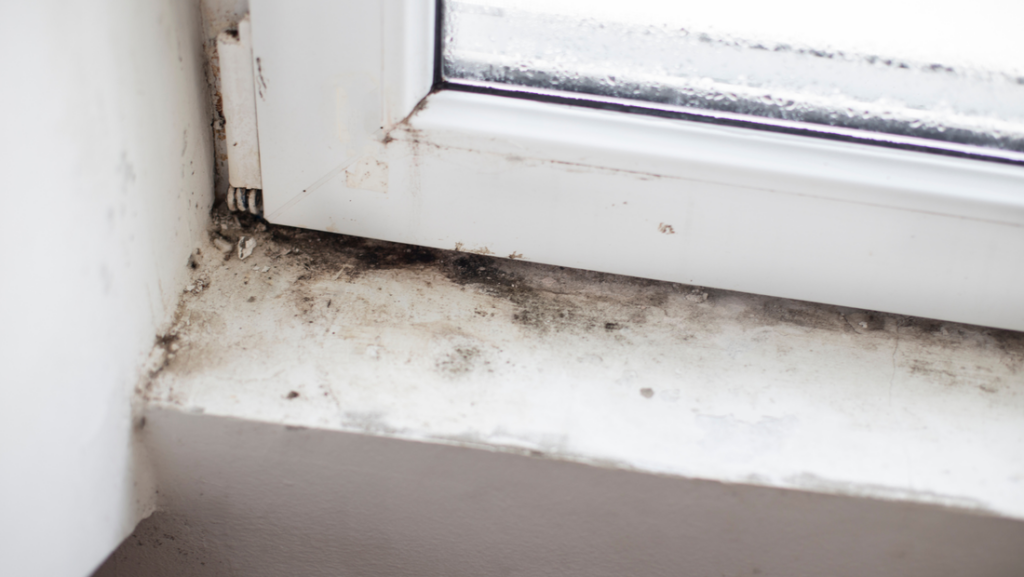Mold, the silent intruder, can wreak havoc on our homes, compromising both structural integrity and the health of its occupants. In this blog post, we delve into the critical topic of mold prevention, exploring why it’s essential and equipping you with the knowledge to identify its early signs.

The Importance of Mold Prevention
Health Concerns
Mold isn’t just an eyesore; it can have serious health implications. Respiratory issues, allergies, and skin irritations are among the health problems associated with prolonged exposure to mold. Prevention is key to safeguarding the well-being of your household
Structural Damage
Beyond health concerns, mold can cause structural damage to your home. It thrives in damp conditions and can weaken wood, drywall, and other materials, compromising the integrity of your living space.
Property Value:
Mold issues can significantly impact the resale value of your home. Potential buyers are often wary of properties with a history of mold, making prevention a wise investment for both your well-being and your property’s market value.
How to Identify Mold:
Musty Odor
Mold often produces a distinctive musty smell. If you notice an unusual, persistent odor, especially in damp or humid areas, it could be a sign of mold growth.
Visible Growth:
Keep a vigilant eye for visible mold growth on walls, ceilings, or other surfaces. Mold can appear in various colors, including black, green, or white.
Water Damage:
Any history of water damage, leaks, or flooding increases the risk of mold growth. Inspect areas with a history of moisture issues, such as basements and attics.
Allergic Reactions:
Pay attention to unexplained allergic reactions or respiratory issues experienced by household members. These could be indicators of hidden mold.
Condensation:
Condensation on windows, pipes, or walls is a breeding ground for mold. Address the source of excess moisture to prevent mold from taking hold.
Mold Prevention Strategies:
Control Indoor Humidity:
Maintain indoor humidity levels below 60% to create an inhospitable environment for mold growth. Use dehumidifiers, if necessary, especially in basements and other damp areas.
Proper Ventilation:
Ensure adequate ventilation in bathrooms, kitchens, and other moisture-prone areas. Use exhaust fans and open windows to promote air circulation.
Promptly Address Leaks:
Address any leaks or water damage promptly. Repairing leaks and drying affected areas within 24-48 hours can prevent mold from gaining a foothold.
Regular Inspections:
Conduct regular inspections of your home, paying attention to areas prone to moisture. Check for signs of mold and address them promptly.
By understanding the importance of mold prevention and learning to identify its early signs, you empower yourself to create a healthier and safer living environment. Take proactive steps to control moisture, address water damage promptly, and conduct regular inspections. Your home and your well-being will thank you for it in the long run.
